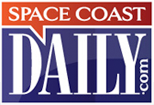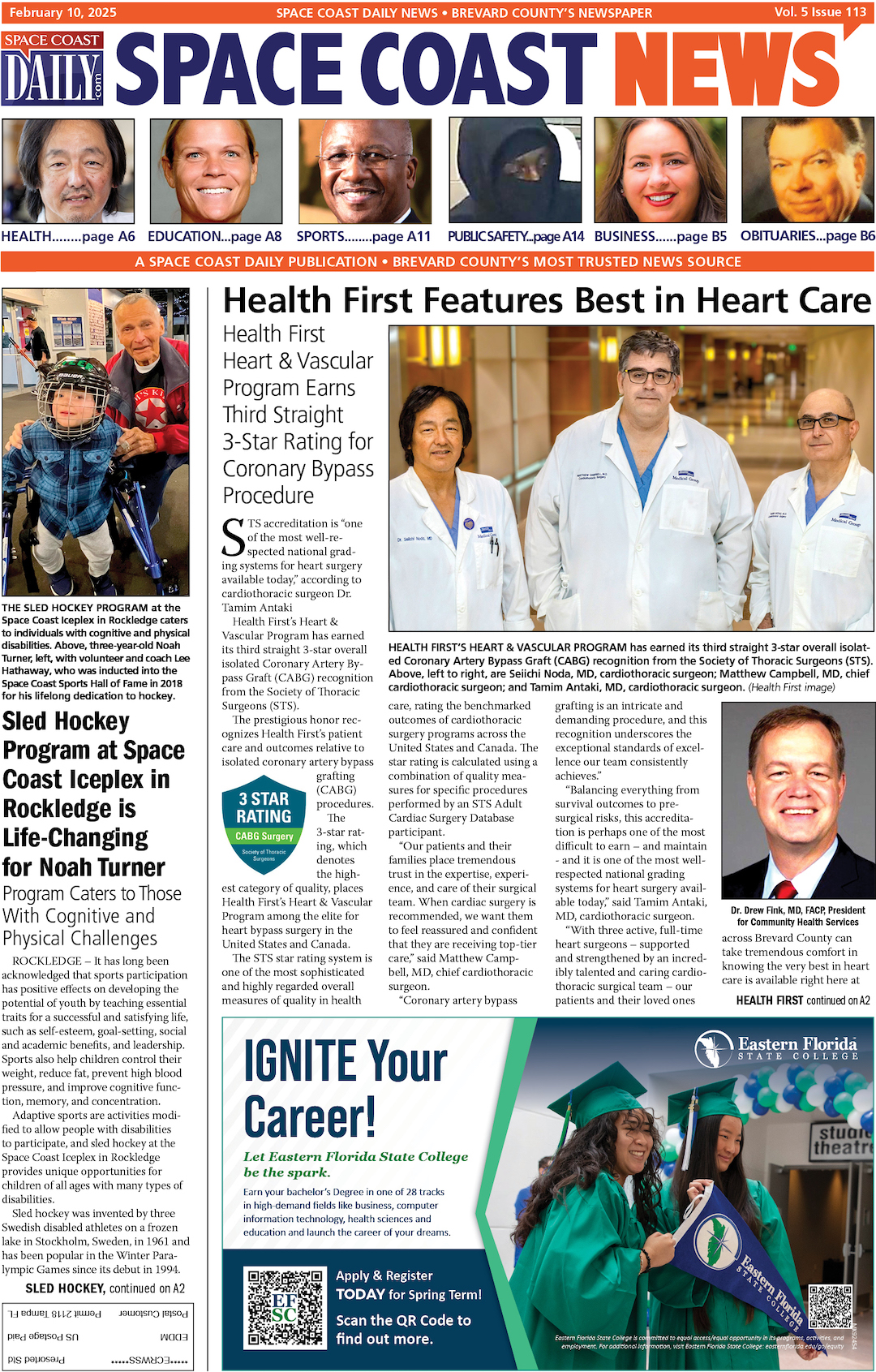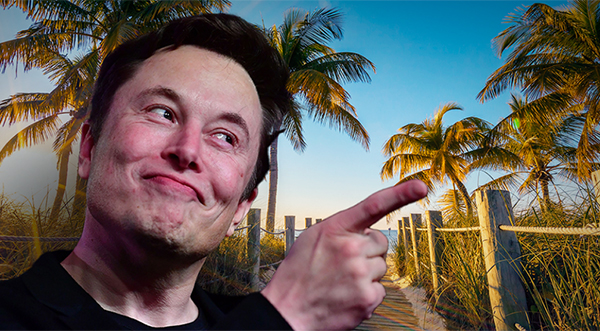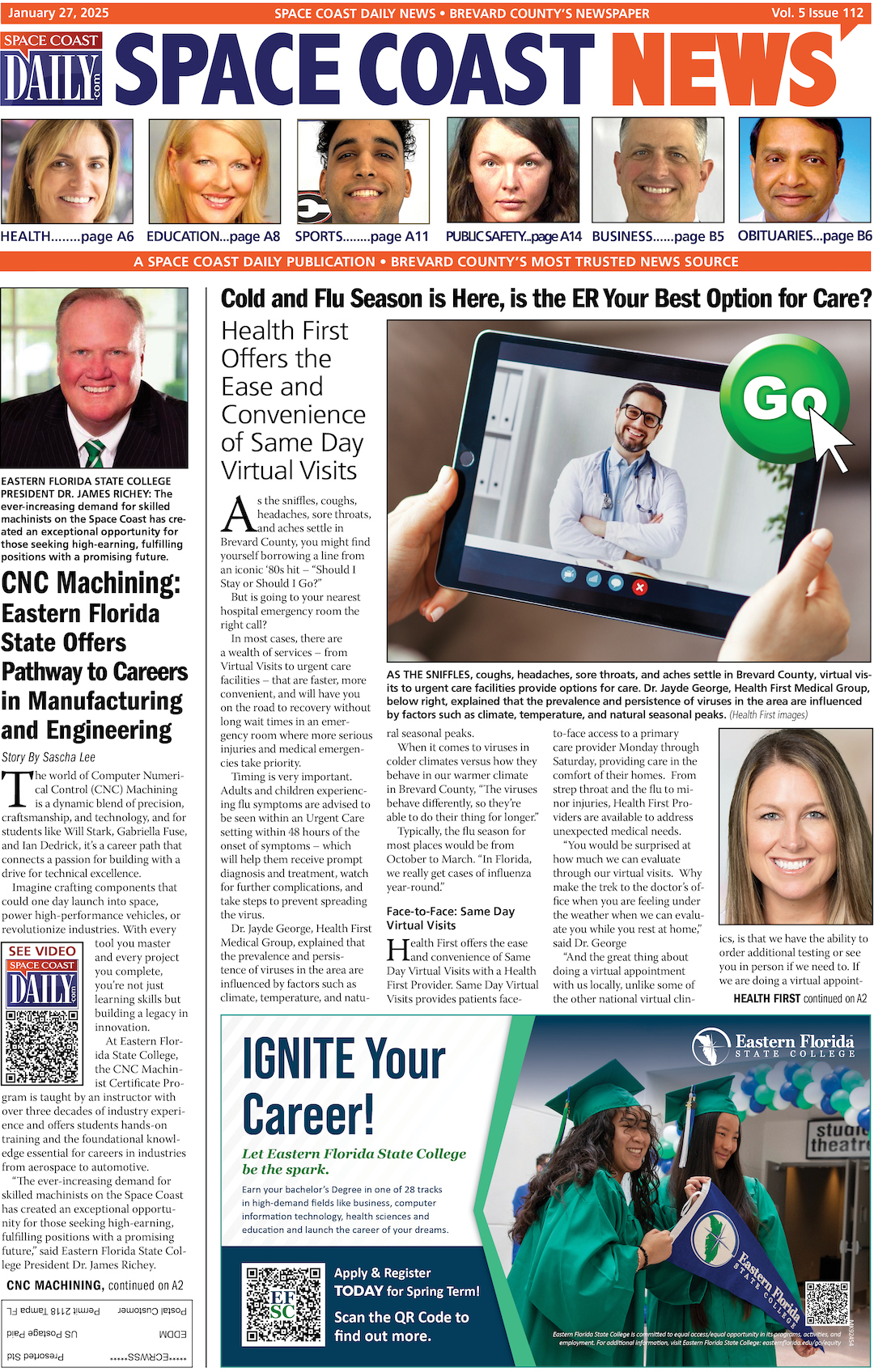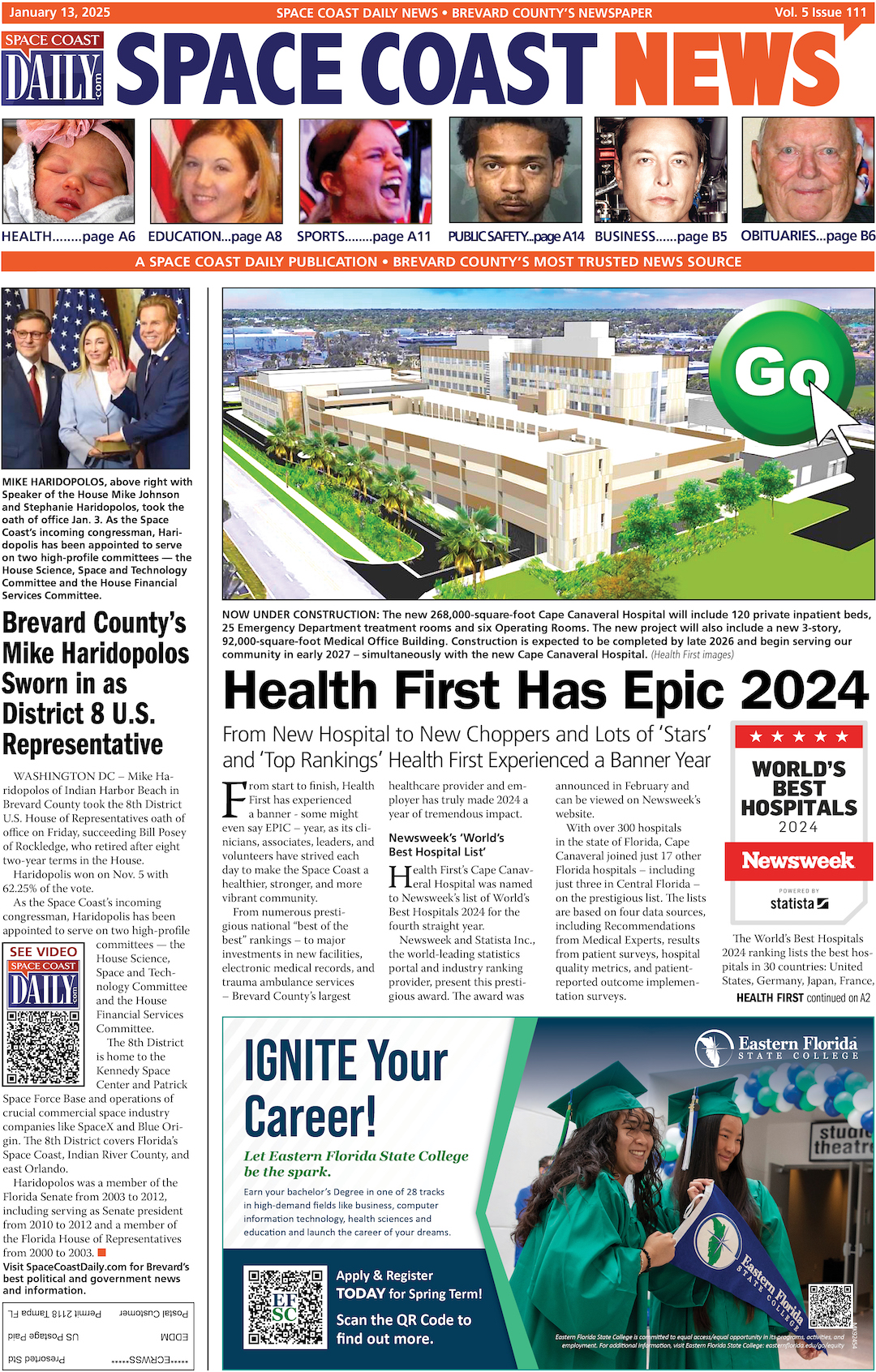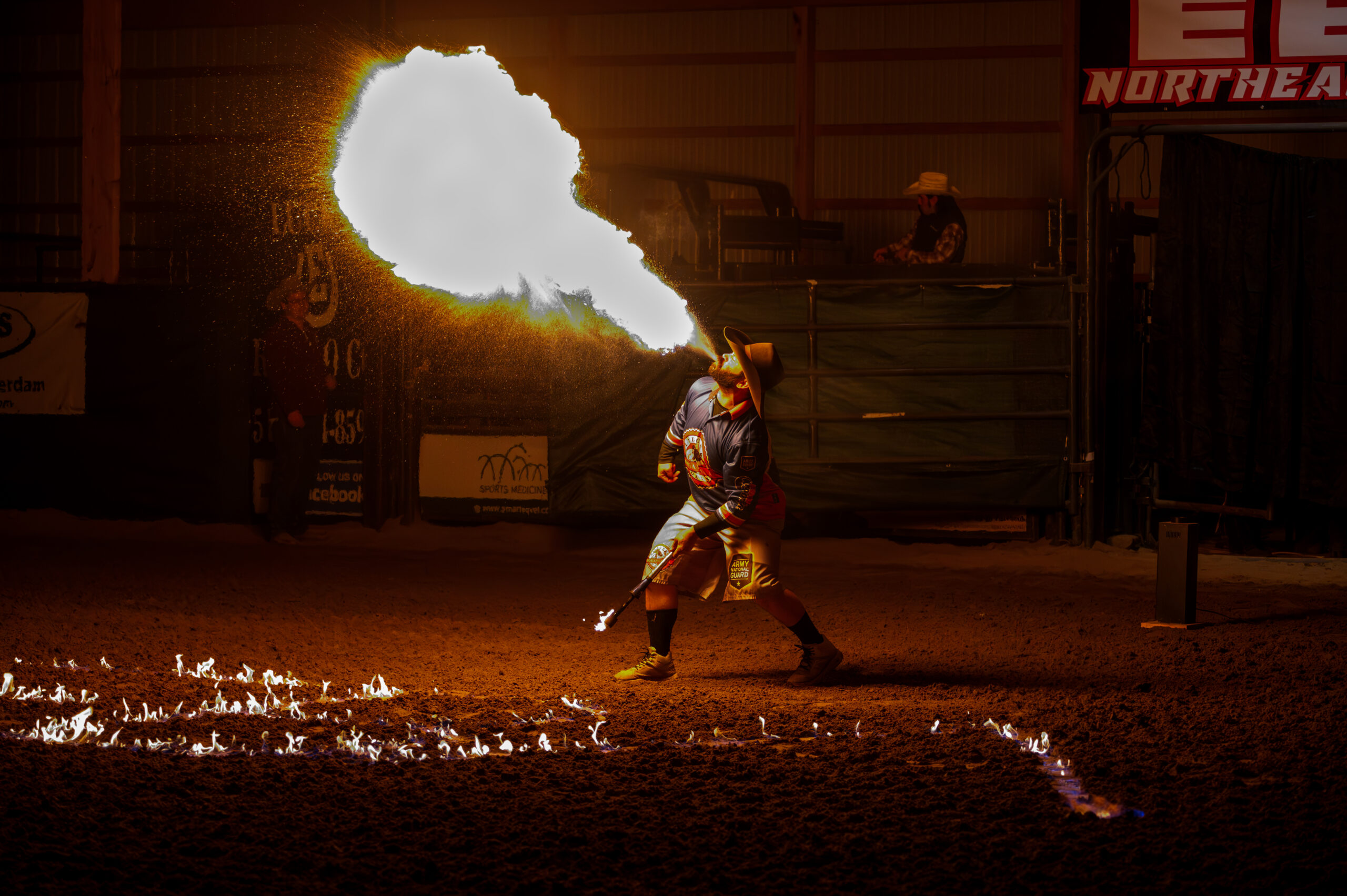Dream Chaser Spacecraft Moves Closer To Test Flight
By Space Coast Daily // April 10, 2013
Fleet To Be Based At Kennedy Space Center
BREVARD COUNTY • KENNEDY SPACE CENTER, FLORIDA – Plans are proceeding at breakneck speed for Sierra Nevada Corporation’s new Dream Chaser spacecraft and that includes launches from Kennedy Space Center.

In February, Sierra Nevada completed nose landing gear testing and is now working on an upcoming airborne test sometime later this year as part of Sierra Nevada’s Commercial Crew Development Round 2 agreement with NASA’s Commercial Crew Program.
The February test served as an important milestone to prepare for the upcoming drop and landing test of the Dream Chaser and it evaluated the impact the nose landing gear will experience on touchdown in order to ensure a safe runway landing.
Sierra Nevada signed a multi-million dollar agreement with Lockheed Martin in January to obtain access to expertise in composite materials to be used in building the new spacecraft
The Dream Chaser is the only spacecraft under the Commercial Crew Development Program that is winged and designed to land on a conventional runway. It is designed to carry as many as seven astronauts to space along with cargo.
The program’s primary mission is to provide the United States with human spaceflight capability by transporting up to seven crew members and cargo to the International Space Station and returning both crew and cargo safely to Earth.
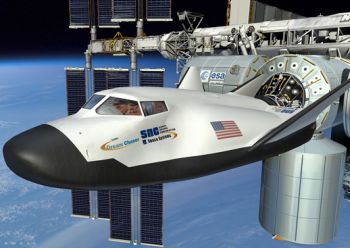
Lockheed’s Atlas V rocket will be the launch vehicle at Kennedy Space Center for the Dream Chaser once the spacecraft is ready to make a test flight into space.
And since the Dream Chaser is similar to the space shuttle, Sierra Nevada officials also say KSC makes sense for piloted runaway landings as well.
The company will conduct a second captive carry and its first unpowered drop test at Edwards Air Force Base in California by summer.
An unmanned Dream Chaser would be carried aloft by a helicopter and released at 12,000 feet, flying and landing under an autonomous robotic system.
These initial tests are to ensure the Dream Chaser is sound to fly, according to Jim Voss, a Sierra Nevada vice president and a former NASA astronaut.
The next step would be a test launch from Kennedy Space Center coming as soon as June 2014 and then a test flight to the International Space Station thereafter.
If selected by NASA under the Commercial Crew Development program, Sierra Nevada will base its fleet of three to five Dream Chaser spacecraft at Kennedy Space Center.
“We believe that creating innovative partnerships between industry, government, and universities is the way that future space advances will be made,” said Mark Sirangelo, director of Sierra Nevada’s space systems division.
